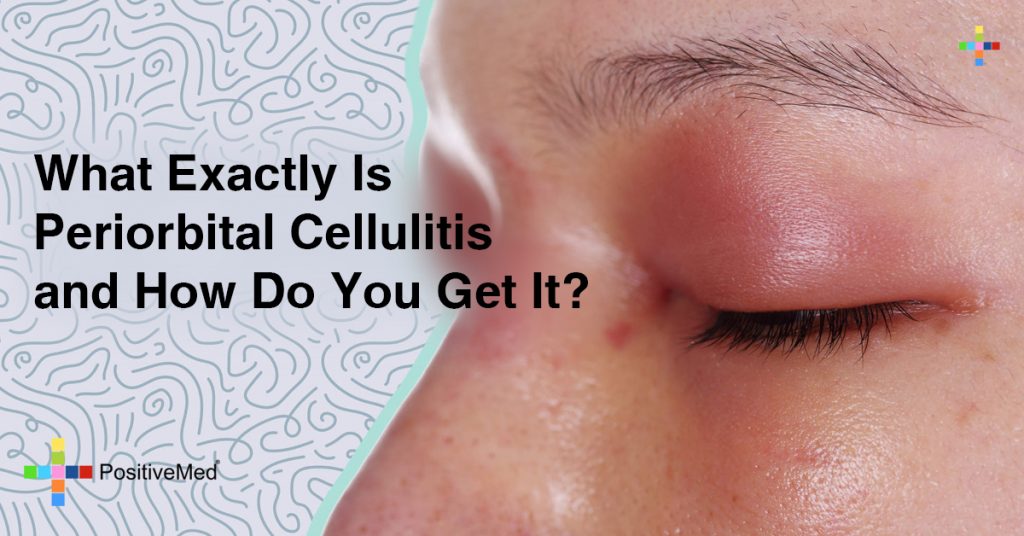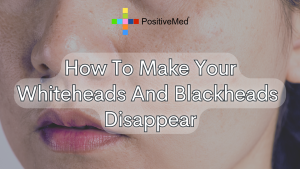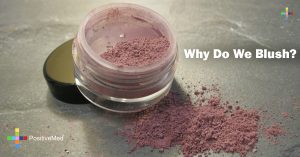Cellulitis is a skin infection that not treated can be life-threatening. Cellulitis can be contracted through the eyes. This type of cellulitis is known as periorbital cellulitis. Periorbital cellulitis, also known as preseptal cellulitis is an infection of the skin around the eyes or of the eyelid itself. It is most commonly diagnosed in children under two years of age but is also seen in adults. Cellulitis occurs when the soft tissue around the eye is attacked by bacteria. These bacteria can enter the body through a scratch or a cut. The bacteria may also enter the body through a sinus infection. Cellulitis may also be caused as a reaction to a style.

Periorbital Cellulitis Symptoms
Periorbital cellulitis does not cause pain or fever. It usually does not cause issues with vision or cause any pain. If swelling, pain, and fever are present you should seek medical help immediately. These symptoms may be caused by a more serious condition (i.e., orbital cellulitis) that may cause serious damage to the eye itself. If left untreated, orbital cellulitis can cause blindness or death. The symptoms of cellulitis include eye redness, a scratch near the eye, swelling around the eye, tenderness in the affected area.
Cellulitis Diagnosis
Your doctor will examine your eye to look see if a stye or injury is present. Your doctor may also examine your vision and their reaction to light. They will also take your health history in order to evaluate your likelihood of developing cellulitis. Individuals who have had a methicillin-resistant Staphylococcus aureus (MRSA) infection are more likely to develop cellulitis. Blood samples may be taken in order to determine the type of bacteria that is causing the cellulitis. X-rays or computerized tomography (CT) scans may be conducted in order to have a closer look at the eye and its surrounding tissues to determine the cause of the cellulitis.
Cellulitis Treatment
If you are diagnosed with cellulitis, your doctor will prescribe you antibiotics to take for a period of time. The antibiotics typically begin to work in approximately 24 to 48 hours. After finishing the antibiotics, a follow-up visit may be needed in order to ensure that the bacteria have been completely eradicated. If your antibiotics did not begin to work within 24 to 48 hours, your doctor will most likely order a CT scan to help rule out orbital cellulitis. Orbital cellulitis must be treated with intravenous antibiotics and in some cases, surgery.
Cellulitis Prevention
Cellulitis can be prevented through several methods. Practicing good hygiene is necessary in order to prevent cellulitis. This includes keeping toenails and fingernails clean, keeping wounds and bug bites clean, as well as moisturizing the skin in order to protect against cuts and cracks. There is also a vaccination that may prevent the development of cellulitis. This vaccine is the Haemophilus influenzae type b vaccine (Hib) and is able to protect individuals against certain strains of cellulitis. The Hib vaccine is given to children routinely as a vaccination.






